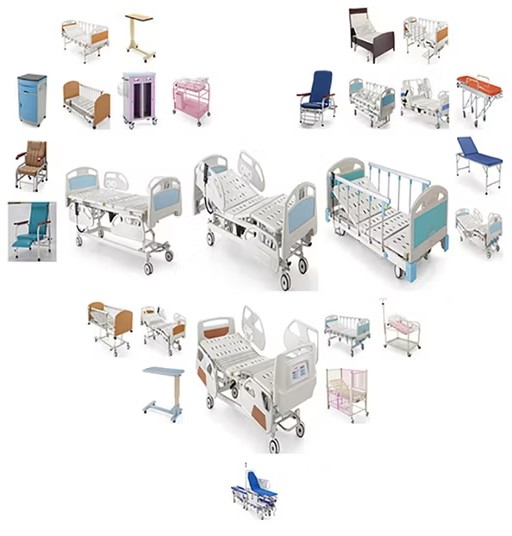Choosing a hospital bed for home use is a significant decision that can greatly impact a patient’s comfort, recovery, and quality of life. Whether it’s for post-surgical care, managing a chronic condition, or supporting elderly family members, the right bed can make caregiving easier and more effective. Here’s a complete guide to help you make an informed decision.
- Understand the Patient’s Needs
Before selecting a bed, it’s essential to evaluate the patient’s physical and medical requirements:
- Mobility: Can the patient get in and out of bed independently?
- Medical condition: Are there conditions like pressure ulcers, respiratory issues, or limited mobility?
- Length of use: Is the bed needed short-term (post-op recovery) or long-term (chronic care)?
- Caregiver assistance: Will a caregiver be available to help reposition or adjust the patient?
- Types of Hospital Beds
There are several types of hospital beds designed for different needs:
Manual Hospital Beds
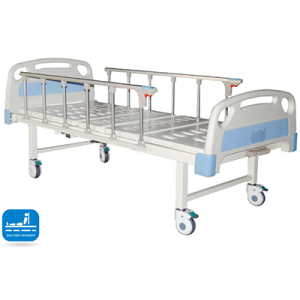
These beds require manual adjustment using a hand crank. They are affordable but not ideal for patients who need frequent repositioning
Semi-Electric Hospital Beds
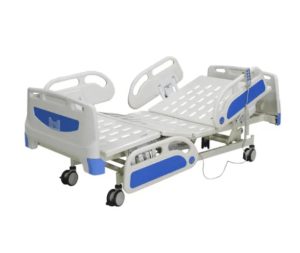
Semi-electric beds allow electric adjustment of the head and foot sections, while the height is adjusted manually. A good balance of convenience and cost.
Full Electric Hospital Beds
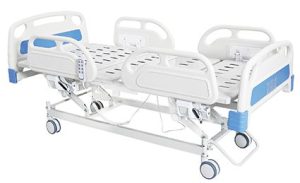
These beds offer full electric control of height, head, and foot sections, making them ideal for long-term care and patients with limited mobility.
Low Beds
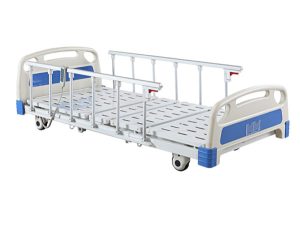
Designed for fall-risk patients, these beds sit closer to the ground, minimizing injury if the patient accidentally rolls out of bed.
Bariatric Beds
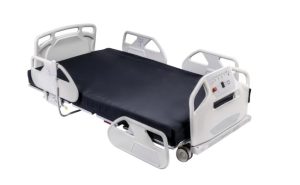
Sturdier and wider than standard beds, bariatric beds are designed to support heavier patients safely and comfortably
- Key Features to Consider
When choosing a hospital bed, consider these essential features:
- Adjustability: Easy and precise adjustments improve patient comfort and caregiver efficiency.
- Mattress Type: Consider pressure-relieving mattresses for patients at risk of bedsores.
- Side Rails: Useful for fall prevention and support during repositioning.
- Wheels and Locking Mechanism: Makes moving the bed easier and ensures safety when stationary.
Trendelenburg Positioning: Some electric beds offer advanced positioning for circulation or respiratory needs
- Comfort and Accessories
A hospital bed isn’t complete without the right accessories:
- Overbed tables: Useful for meals, reading, or using a laptop in bed.
- Trapeze bars: Help patients reposition themselves and aid with transfers.
- Bedside commodes: Convenient for patients with mobility limitations.
- Space and Home Environment
Measure your space before purchasing. Hospital beds are larger than standard beds and need clearance around all sides for safe use and caregiver access. Also, ensure the bed fits through doorways if it needs to be moved

